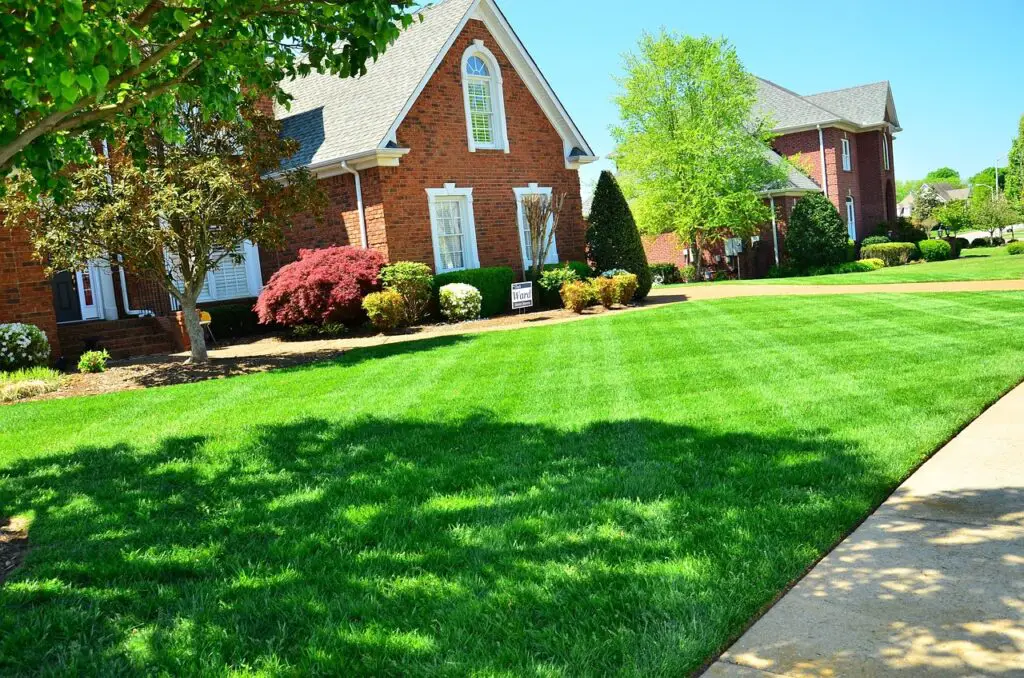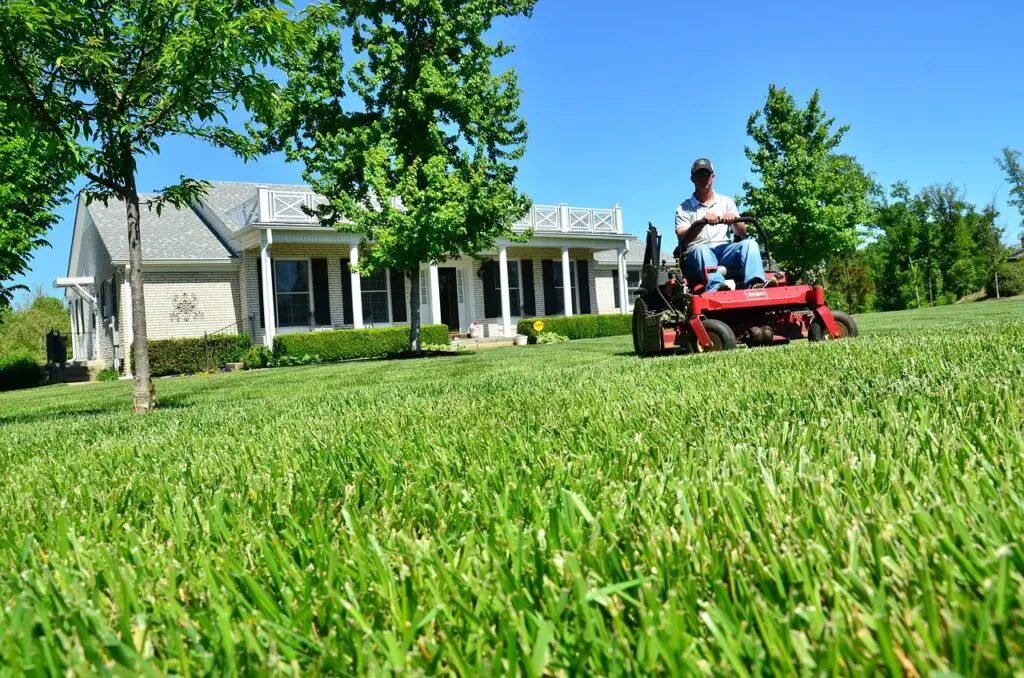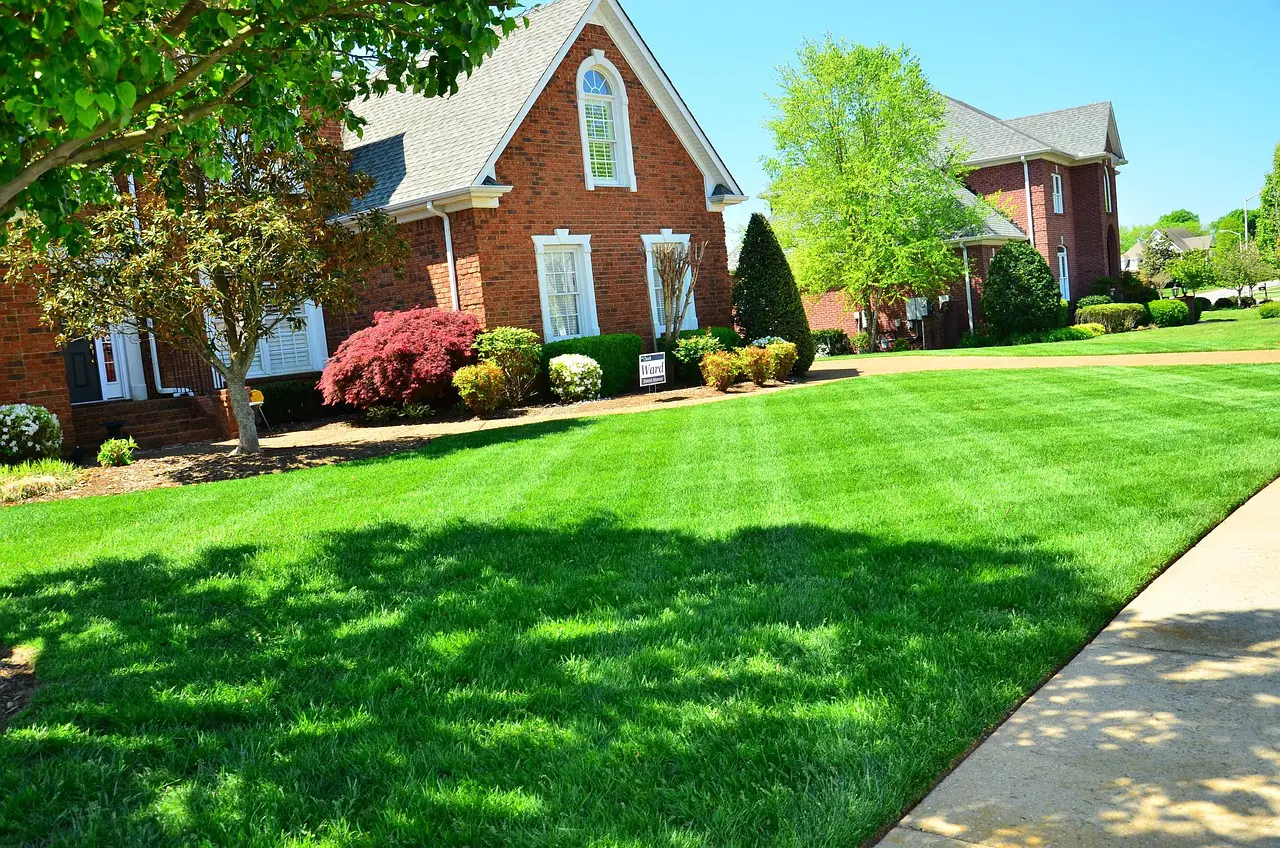If you are planning to plant a new lawn or renovate an existing one, choosing the right grass type is crucial. Different grasses have different characteristics and are better suited for different climates, soil types, and lawn uses. Here are some things to consider when choosing the right grass type for your lawn.

- Climate and Region – The climate and region where you live will have a significant impact on the type of grass that will thrive on your lawn. For instance, cool-season grasses such as fescue, ryegrass, and bluegrass grow best in regions with cool and moist climates, while warm-season grasses such as Bermuda, zoysia, and St. Augustine grass grow best in regions with warm and humid climates. Make sure you choose a grass type that can tolerate the climate and temperature fluctuations in your area.
- Lawn Use and Traffic – Another factor to consider when choosing the right grass type is the amount of traffic and use your lawn will receive. If you have kids and pets who will be playing and running around on the lawn, you will need a grass type that can withstand heavy foot traffic and recover quickly from damage. Bermuda grass, for example, is a durable and resilient grass type that can handle a lot of traffic and wear.
- Soil Type and Quality – The type and quality of your soil will also play a significant role in determining the grass type that will thrive in your lawn. Some grasses are better suited for sandy soils, while others are more adapted to clay or loamy soils. Before choosing a grass type, conduct a soil test to determine the pH level, nutrient content, and soil type of your lawn. This information will help you select a grass type that can grow well in your soil.
- Maintenance Requirements – Different grass types have different maintenance requirements, and you need to choose one that aligns with your preferences and lifestyle. Some grasses, such as Kentucky bluegrass, require frequent mowing and fertilization to maintain their appearance, while others, such as buffalo grass, can thrive with minimal maintenance. Consider the amount of time and effort you are willing to invest in maintaining your lawn when choosing the right grass type.
Another factor to consider when choosing the right grass type for your lawn is the amount of sunlight the area receives. Different types of grass have different sunlight requirements, and it’s important to choose grass that will thrive in the amount of sun your lawn gets. If your lawn is shaded by trees or buildings for much of the day, you may want to consider shade-tolerant grass such as fescue or ryegrass.
- Climate Considerations The climate in which you live will also play a significant role in determining the best grass type for your lawn. Some grasses do better in hot, humid climates, while others thrive in cooler, drier climates. For example, warm-season grasses such as Bermuda grass and St. Augustine grass do well in the hot, humid climate of the southern United States, while cool-season grasses such as Kentucky bluegrass and fescue do well in cooler, northern climates.
Choosing the right grass type for your lawn can be a daunting task, but it’s an important one to ensure the health and beauty of your lawn. By considering factors such as the amount of foot traffic, soil type, sunlight, and climate, you can make an informed decision and choose a grass that will thrive in your particular environment.

Frequently Asked Questions
Q: Can I mix different grass types in my lawn? A: While it is possible to mix different grass types in your lawn, it is generally not recommended. Different grasses have different growth rates, maintenance requirements, and appearances, which can create an uneven and patchy-looking lawn.
Q: What is the best grass type for shaded areas? A: If your lawn receives limited sunlight, you can choose a shade-tolerant grass type such as fine fescue, tall fescue, or St. Augustine grass. These grasses are adapted to grow in partial shade and can maintain their appearance even in low-light conditions.
Q: What is the most drought-tolerant grass type? A: Bermuda grass is one of the most drought-tolerant grass types and can survive extended periods of drought without a significant water supply. Other grass types that can tolerate drought conditions include zoysia and buffalo grass.
Q: How often should I water my lawn? A: The frequency and amount of watering will depend on the grass type, soil type, climate, and season. In general, lawns need about 1 inch of water per week, either from rainfall or irrigation. However, it is essential to avoid overwatering, as it can lead to water waste, root rot, and other lawn problems.
Choosing the right grass type for your lawn is essential for achieving a healthy, green, and beautiful lawn. By considering factors such as climate, lawn use, soil type, and maintenance requirements, you can choose a grass type that will thrive

